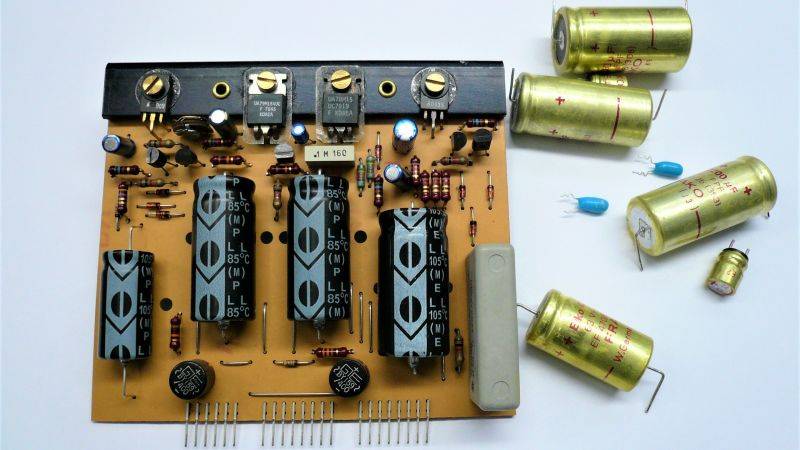
Keep Your Device Battery Alive As Long As Possible
Love them or hate them, batteries power everything you hold dear, or at least everything inside your phone. You might have a brand new iPhone with a fully charged battery or a dying iPhone 6, whose battery is so degraded it requires a replacement from Apple (at least it’s discounted). Sure, all batteries degrade eventually, but you can take some preventative steps to keep them in good health for as long as possible.
To keep it operating nominally, you’ll need to occasionally participate in some time-consuming activities, or go against your habits and beliefs as to how you should charge (or discharge) a battery. For the most part, batteries can take care of themselves and combat our bad habits as long as you monitor a few factors. Here’s what you should look into when determining the health of your battery, and how to keep it full of electrons until it’s time for a replacement.
Watch for Battery Bloat
In college, my laptop’s battery began to bulge, leaving me with two options: replace it with a new one, or wait until it pops out of my laptop during class (guess which one I chose). In retrospect, the chances of my laptop catching fire were pretty high, and it would’ve been pretty devastating if it had gone up in flames. If your battery starts to bulge inside your device, consider it a fire hazard and dispose of it properly. Don’t be like me. Replace your battery.
Extreme Temperature Isn’t Good
Not too hot, not too cool: a battery at the extreme ends of the weather spectrum is an inefficient one. You should try to keep your battery’s temperature between 5 to 45 °C (41 to 113 °F). Heat causes a battery to speed up its chemical reactions, which translates to a battery that drains faster than it should.
A cold battery is equally inhibited by the frigid weather, and has a lower capacity compared to a room temperature battery. One more thing: avoid charging your battery in below freezing temperatures, as you could permanently damage its capacity.
Unplugging and Discharging
Every battery has a lifespan, measured in the number of cycles. A cycle is complete every time the battery is fully recharged, whether all at once or over the course of a few days. A battery charged from 80% to 100% every day will take five days to complete one full charging cycle. Going from completely dead to fully charged is another charging cycle.
In general, you shouldn’t allow your battery to fall to dangerously low levels, and should start charging your devices when they fall below 20% to avoid placing stress on a battery by charging it from such a low level (charging from extremely low levels ages the battery and reduces cycle count). If you want, you can unplug your device after it’s fully charged, though most devices automatically cease charging when their battery is full, negating the worry of degrading the battery.
Charging a battery also means you’re expending a charge cycle, so the fewer times you charge it, and the less you charge all at once, the longer it will last. That means battery saving measures like Power Save mode on your devices should be considered when you’re looking to maximize your time up and running.
Monitoring Your Laptop Battery
macOS: Monitoring your battery on the Mac is easy, with the right app. If you’d rather not install any new software, you can look at your Mac’s system information and find the information you need to determine the health of your battery.
Monitoring Your Smartphone Battery
iOS: Apple, thanks to its unpopular decision to throttle iPhones with older batteries, is updating its battery management service in the upcoming iOS 11.3 software update. You’ll be able to see the health of your battery as a percentage, and determine whether or not you’re due for a replacement. If you are too impatient to wait, you can always download a battery monitoring app and use it to see how those cells are doing.
Android: It’s easy to see what’s draining your battery in Android. You can take a look inside Android’s battery settings to see which service or app is using all of your juice, and adjust your habits accordingly.
You can also look into enabling Android Doze, which essentially stops Android apps from constantly draining your battery life with requests for location data, notifications, and other unseen actions. Want more information on your battery health? Try GSam Battery Monitor, which will display a wealth of data about your battery, including its capacity, cycle count, usage time, and which apps are using the majority of your juice.
Patrick Lucas Austin
http://lifehacker.com/how-to-keep-your-devices-batteries-alive-as-long-as-po-1823387796